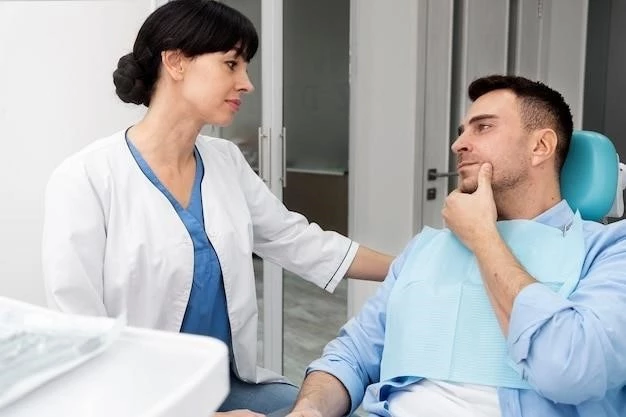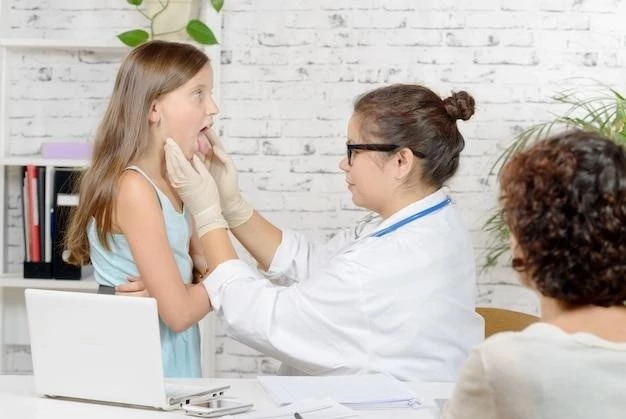Introduction
Trichorhinophalangeal Syndrome Type II (TRPS II), also known as Langer-Giedion Syndrome, is an extremely rare inherited multisystem disorder with distinctive clinical features.
Definition of Trichorhinophalangeal Syndrome Type II
Trichorhinophalangeal Syndrome Type II (TRPS II), also known as Langer-Giedion Syndrome, is an extremely rare inherited multisystem disorder characterized by multiple bony growths, distinct facial features, and intellectual disability linked to a microdeletion on chromosome 8q23.3-q24.11 region.
Clinical Features
The clinical features of Trichorhinophalangeal Syndrome Type II include distinctive facial characteristics and multiple bony growths, among other abnormalities.
Distinctive Facial Features
Individuals with Trichorhinophalangeal Syndrome Type II exhibit unique facial characteristics, including a broad, pear-shaped nose, thin upper lip, and elongated philtrum, which are key diagnostic markers of the condition.
Skeletal Abnormalities
Individuals with Trichorhinophalangeal Syndrome Type II commonly present with multiple bony growths, known as exostoses. These bony protrusions can appear around joints and may result in distinct physical characteristics and functional challenges.

Genetics
Trichorhinophalangeal Syndrome Type II is a genetic disorder linked to microdeletion on chromosome 8q23.3-q24.11, affecting various genes and resulting in characteristic clinical features.
Causes of TRPS II
Trichorhinophalangeal Syndrome Type II is caused by a contiguous gene deletion on chromosome 8q24.1, involving a loss of functional copies of the TRPS1 and EXT1 genes. This deletion results in the blend of clinical features seen in the syndrome, encompassing both physical and intellectual abnormalities unique to TRPS II.
Microdeletion in Chromosome 8q23.3-q24.11
Trichorhinophalangeal Syndrome Type II is associated with a microdeletion on chromosome 8q23.3-q24.11, involving the loss of the TRPS1, RAD21, and EXT1 genes. This deletion leads to the unique clinical features observed in individuals with TRPS II, including skeletal abnormalities and distinctive facial characteristics.
Diagnosis
Genetic testing is essential for diagnosing Trichorhinophalangeal Syndrome Type II to confirm the presence of the microdeletion on chromosome 8q23.3-q24.11 region implicated in the disorder.
Genetic Testing for TRPS II
Diagnosing Trichorhinophalangeal Syndrome Type II typically involves genetic testing to identify the specific microdeletion on chromosome 8q23.3-q24.11 region affecting the TRPS1, RAD21, and EXT1 genes responsible for the syndrome.
Symptoms
Individuals with Trichorhinophalangeal Syndrome Type II may experience abnormalities in the skin, hair, teeth, sweat glands, and nails, among other distinctive features.
Abnormalities of the Skin, Hair, Teeth, Sweat Glands, and Nails
Individuals with Trichorhinophalangeal Syndrome Type II commonly exhibit abnormalities in the skin, hair, teeth, sweat glands, and nails. These manifestations are key diagnostic features of the syndrome and contribute to the overall clinical presentation.
Characteristics
Trichorhinophalangeal Syndrome Type II (TRPS II) is a rare genetic disorder characterized by multiple bony growths, distinct facial features, and intellectual disability. It presents a unique set of symptoms impacting various body systems.
Intellectual Disability
Trichorhinophalangeal Syndrome Type II (TRPS II) is characterized by mild to moderate intellectual disability in affected individuals, in addition to the distinctive physical abnormalities associated with the condition.
Treatment
Management of Trichorhinophalangeal Syndrome Type II involves a multidisciplinary approach to address the diverse symptoms and abnormalities associated with the condition. Consult healthcare professionals specialized in various areas to provide comprehensive care.
Management of TRPS II
When managing Trichorhinophalangeal Syndrome Type II, a team of healthcare professionals specializing in various areas may be required to address the complex needs associated with this condition. Comprehensive care and individualized treatment plans are essential to improve the quality of life for affected individuals.

Prognosis
Trichorhinophalangeal Syndrome Type II (TRPS II) prognosis varies based on the individual’s symptoms and the effectiveness of management strategies. Early intervention and a comprehensive treatment plan can significantly impact the outlook for individuals with TRPS II.
Outlook for Individuals with TRPS II
Individuals diagnosed with Trichorhinophalangeal Syndrome Type II have varied prognoses depending on the severity of their symptoms and the effectiveness of treatment plans. Early intervention and comprehensive care can positively impact the quality of life for individuals living with TRPS II.
Prevention
As Trichorhinophalangeal Syndrome Type II is a genetic disorder, there are no preventive measures currently available. Early diagnosis and appropriate medical management are crucial for individuals affected by this condition.
Preventive Measures for TRPS II
Currently, there are no specific preventive measures for Trichorhinophalangeal Syndrome Type II due to its genetic nature. However, early diagnosis through genetic testing and prompt medical intervention can help manage the condition effectively and improve quality of life for individuals affected by TRPS II.
Research
Research on Trichorhinophalangeal Syndrome Type II focuses on understanding the genetic basis, improving diagnostic techniques, and exploring potential therapeutic interventions for individuals affected by this rare multisystem disorder.
Ongoing Studies on TRPS II
Research on Trichorhinophalangeal Syndrome Type II is ongoing, focusing on further understanding the genetic underpinnings, potential therapeutic interventions, and improving the quality of care for individuals with this rare inherited disorder. Stay informed about the latest advancements in TRPS II research to contribute to improved management strategies and outcomes.
Trichorhinophalangeal Syndrome Type II (TRPS II) presents with a unique combination of symptoms, including skeletal abnormalities, distinctive facial features, and intellectual disability, necessitating comprehensive care and ongoing research for improved management.
Summary of Trichorhinophalangeal Syndrome Type II
Trichorhinophalangeal Syndrome Type II (TRPS II), also known as Langer-Giedion Syndrome, is an extremely rare inherited multisystem disorder characterized by intellectual disability, skeletal abnormalities, distinctive facial features, and abnormalities in the skin, hair, teeth, sweat glands, and nails.
